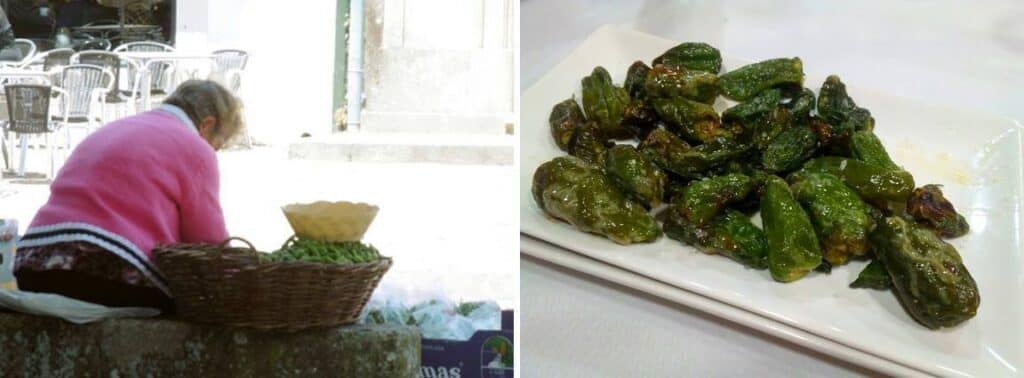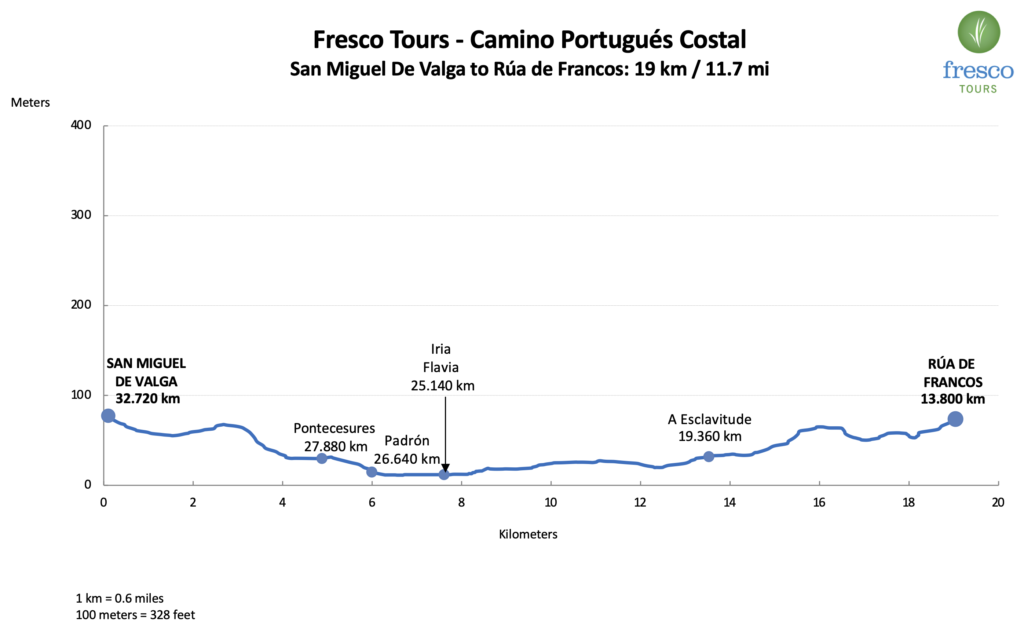Fueled by a hearty breakfast, we’ll lace up our boots and embark on today’s journey from San Miguel de Valga to Rúa de Francos. Our first stop is Pontecesures, where we’ll cross the River Ulla bridge, marking our passage from the province of Pontevedra into A Coruña. (Remember, Santiago de Compostela awaits us in A Coruña!) A short distance onward lies Padrón, the second most significant town along the entire Camino de Santiago.
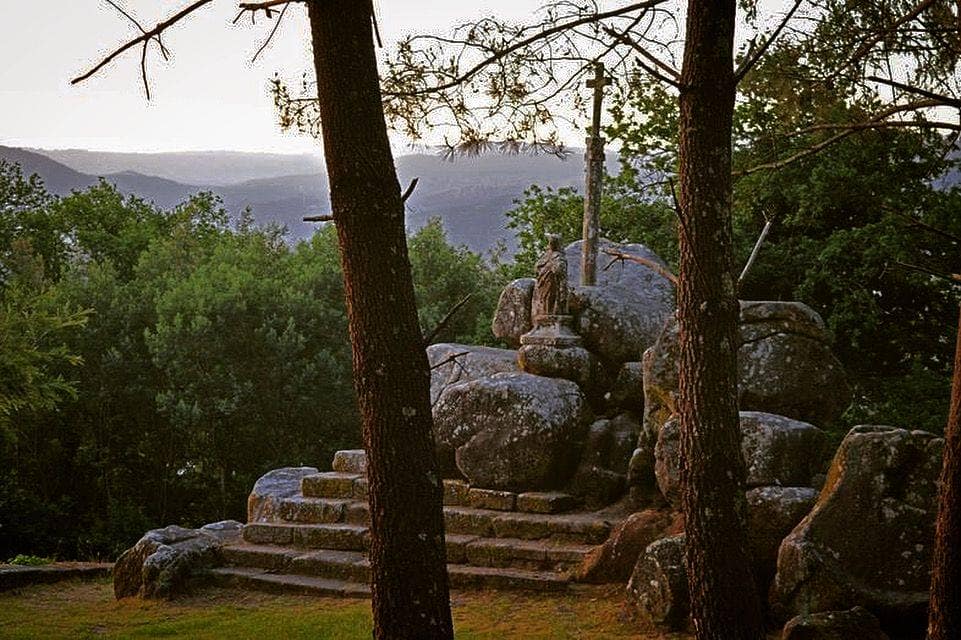
Padrón
For Catholic pilgrims, Padrón holds a special place as the very beginning of Saint James’ missionary work in what is now Spain. It’s here that he is believed to have delivered his first sermons, attempting to convert the local pagan population. Interestingly, Padrón boasts a double dose of Santiago-by-sea: legend has it he arrived here twice by boat, once while alive and again after his death. Over 12 centuries of pilgrimage tradition have cemented the celebration of his death and burial in Santiago de Compostela as the cornerstone of the Saint James story. However, Padrón (or more precisely, neighboring Iria Flavia) is where it all kicks off.
The Church of Santiago in Padrón holds particular religious significance. It’s built upon the Pedrón, the very stone believed to have moored Saint James’ boat upon his arrival. This granite stone, possibly an ancient Roman marker, lies beneath the church’s altar.

Another notable feature in Padrón is the pair of statues flanking the riverside promenade. These statues honor two of Spain’s literary giants: Spain’s final Nobel Prize in Literature laureate, Camilo José Cela, and one of the country’s most eminent poets, Rosalía de Castro.
Esclavitude
Almost done with today’s walk! Before we head in, let’s check out the 19th-century Church of Esclavitude (meaning “slavery”). Here’s the real story: Back in the 18th century, a sick pilgrim prayed to the Virgin Mary for healing. He drank from the fountain you see out front, and miraculously, he recovered! Out of gratitude, he gave up everything to build a smaller sanctuary (a symbol of his freedom from illness) dedicated to the Virgin Mary. His famous words, forever etched in history, were: “Thank you, Virgin, for freeing me from the slavery of my illness!”
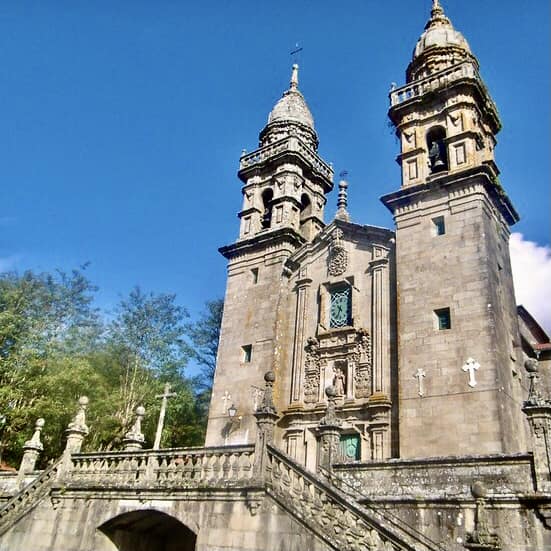
Heads up! We’ve got a slightly longer meeting this evening. But trust us, it’ll be worth it! Our awesome guides are spilling the beans on their favorite things to see, do, and buy in Santiago. Get ready for some insider tips you won’t find anywhere else! After all this excitement, we’ll finally hit the hay for a good night’s sleep.
Pimientos de Padrón
Now, onto something delicious! Have you heard of “Pimientos de Padrón”? In Spain, they say “unos pican y otros no” which means “some are hot, and others aren’t.” That’s the fun (and maybe slightly terrifying) part about these addictive little peppers. The good news (according to the locals, at least) is that only about one in a hundred packs a fiery punch!
These Galician treasures have been grown for over 400 years on the banks of the Ulla and Sar rivers near Padrón, thanks to the Jesuits. Typically served roasted or fried with a sprinkle of rock salt, Padrón peppers will tantalize your taste buds with their unique flavor.
